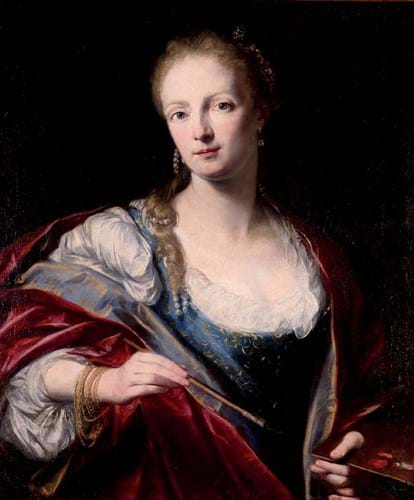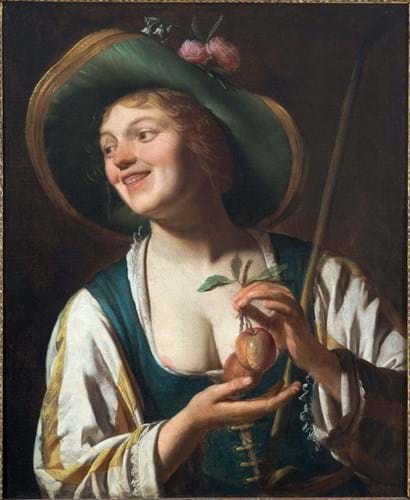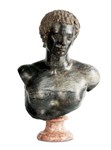As the trend for re-establishing the reputations of forgotten painters has gained momentum in the art world over the last few years, it has shone a spotlight on this neglected area and brought noticeable change in the way the secondary market values such pictures.
A case in point came at Woolley & Wallis (25/12% buyer’s premium) in Salisbury on September 11 when a self portrait painted by the 18th century Italian painter Lucia Casalini Torelli (1677-1762) topped the £400,000 sale.
Torelli came from an artistic home; her husband the Baroque painter Felice Torelli, who founded the Academia Clementina in Bologna and her son Stefano Torelli, a student who painted with Canaletto.
Although an established artist in Bologna during her lifetime, known for both portraiture and public altarpieces, Torelli and her work slipped into obscurity after her death in 1762. A handful of pictures are in public institutions but few, if any, have appeared at auction over the last few decades.
“Although an established artist in Bologna, her work slipped into obscurity after her death
This 2ft 6in x 2ft 1in (77 x 64cm) oil on canvas is one of at least three known self portraits by Torelli; the other two reside in the Uffizi in Florence and the University of Bologna. Torelli looks out at the viewer with a confident probing gaze, her left hand holding an artist’s palette, a paintbrush in the other.
Consigned from a local private collection where it had been for many years, it drew multiple bids before it was knocked down to an Italian dealer bidding via thesaleroom.com at £60,000, four times the upper guide.
This result outperformed the catalogue cover lot, a portrait by the Dutch Golden Age painter catalogued as Gerrit van Honthorst (1590-1656).
The 2ft 6in x 2ft 1in (78 x 63.5cm) oil of a shepherdess holding apples was known by the family, who had owned it for the last 100 years, as The Laughing Girl. Reactions on the day, however, were mixed and it got away below hopes of £40,000- 60,000, selling at £30,000 to a private buyer on the phone.
Thought to be part of a lost pendant, the painting had been in the 19th century collection of Sir Robert Horton of Catton Hall in Derbyshire, descending through the Anson family during the 20th century.
Despite the market-fresh status, the picture’s condition was less desirable. It had been crudely relined and over-cleaned, which had caused the surface paint to thin in places compromising the picture’s depth. “It was a good lesson in how condition can radically change the value of a picture,” said Victor Fauvelle, head of the pictures department at W&W.
Indeed, better preserved Honthorsts of the same period, size and subject have made much more. At Christie’s New York in 2001, a picture of an identical smiling model holding a viola de gamba, sold for $450,000 (£310,340).
The Dutch section also yielded the sale’s biggest casualty, a vast 17th century marine painting by Abraham Jansz Storck (1644- 1708) depicting the warship Gouden Leeuw. It failed at £60,000- 80,000 with condition issues again hampering interest.
Italian Old Masters were also well represented in Salisbury, particularly those depicting religious subjects. Among them was a Baroque oil of the Virgin Mary, catalogued as by the ‘Studio of Giovanni Battista Salvi (Il Sassoferrato (1609-85)’.

‘The Virgin at Prayer’ catalogued as the Studio of Giovanni Battista Salvi da Sassoferrato – £16,000 at Woolley & Wallis.
Known for his archaizing commitment to the earlier style of Raphael, Sassoferrato seems to have concentrated on producing multiple copies in various styles of devotional images for private patrons, a demand fuelled by the Counter-Reformation of the Catholic Church.
This 19 x 15in (48 x 38cm) oil on canvas, showing Mary with her hands together in prayer gazing directly at the viewer, was deemed a good example from Sassoferrato’s studio and sold for over five times its top guide for £16,000.
















